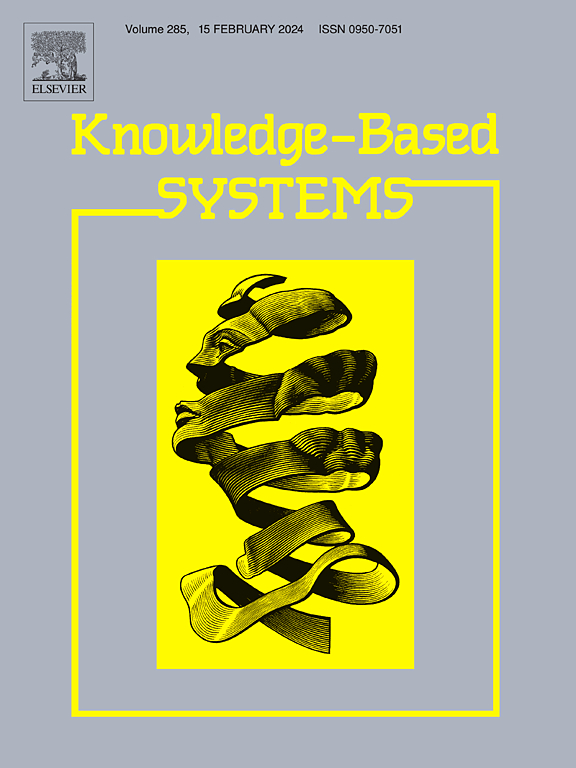MGAN-LD: A sparse label propagation-based anomaly detection approach using multi-generative adversarial networks
IF 7.2
1区 计算机科学
Q1 COMPUTER SCIENCE, ARTIFICIAL INTELLIGENCE
引用次数: 0
Abstract
Learning with synthetic data for anomaly detection has attracted a lot of attention. Recent works attempted to utilize generative adversarial networks (GANs) to generate pseudo-labeled synthetic samples for the model’s learning process. However, in real applications, the sparsity of originally labeled training samples leads to a model collapsing problem, such that most of the pseudo-labeled samples synthesized by GANs are crowded in a small area, resulting in the difficulty for GANs in learning the spatial distribution of samples. In this paper, we proposed a sparse label propagation-based anomaly detection approach using the multi-generators dual-discriminator framework (MGAN-LD). Firstly, DBSCAN clustering is utilized to assign samples to different clusters. Then, to expand the labeled training set, label propagation processes are carried out in each cluster to generate highly-credible pseudo-labels for unlabeled samples. Furthermore, a novel GAN with multiple generators is trained to simultaneously learn the local data distribution of different areas in the feature space based on the expanded training set to avoid the model collapsing. Finally, the training set is further augmented by synthetic samples from multiple generators of MGAN-LD, and the set is employed to train an overall discriminator. Benefiting from the data augmentation, MGAN-LD can build reliable classification boundaries between normal and abnormal samples. MGAN-LD is evaluated against nine classical anomaly detection methods on 11 public datasets. The results show that MGAN-LD improves the AUC metrics by an average of 10%, the AP metrics by an average of 17%, and the F1 metrics by an average of 15% compared with other classical methods.
求助全文
约1分钟内获得全文
求助全文
来源期刊

Knowledge-Based Systems
工程技术-计算机:人工智能
CiteScore
14.80
自引率
12.50%
发文量
1245
审稿时长
7.8 months
期刊介绍:
Knowledge-Based Systems, an international and interdisciplinary journal in artificial intelligence, publishes original, innovative, and creative research results in the field. It focuses on knowledge-based and other artificial intelligence techniques-based systems. The journal aims to support human prediction and decision-making through data science and computation techniques, provide a balanced coverage of theory and practical study, and encourage the development and implementation of knowledge-based intelligence models, methods, systems, and software tools. Applications in business, government, education, engineering, and healthcare are emphasized.
 求助内容:
求助内容: 应助结果提醒方式:
应助结果提醒方式:


